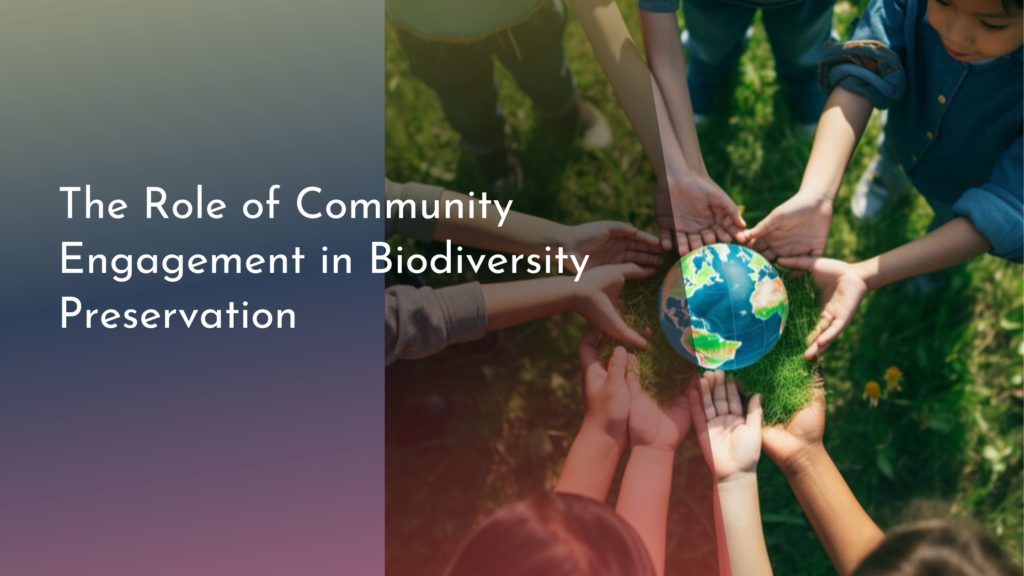The Link Between Urban Forestry and Public Health
Urban forestry is an emerging field that recognizes the critical role that trees and green spaces play in enhancing the quality of life in urban environments. As cities around the world seek to combat pollution, climate change, and social isolation, the importance of urban forestry has become increasingly evident. By integrating trees and plants into city planning and infrastructure, urban forestry not only contributes to environmental sustainability but also promotes public health and community well-being. In this article, we will explore the multifaceted link between urban forestry and public health, highlighting the benefits of greener cities for mental health, physical health, and community cohesion.
Discovering Urban Forestry: A Breath of Fresh Air for Cities
Urban forestry involves the management and care of trees in urban settings, creating a network of green spaces that serve multiple purposes. This initiative aims to enhance the aesthetic appeal of cities while also addressing environmental issues such as air pollution and urban heat islands. Trees play a crucial role in filtering air pollutants, capturing dust, and producing oxygen, contributing to a healthier atmosphere for city dwellers. Furthermore, the presence of greenery can help mitigate temperature fluctuations, making cities more comfortable places to live.
As urban areas continue to expand, the need for sustainable practices becomes increasingly urgent. Urban forestry not only addresses environmental challenges but also promotes a sense of belonging and connection among residents. By integrating trees and parks into city landscapes, urban forestry initiatives encourage community engagement and foster a shared responsibility for local environments. With the incorporation of green spaces, urban areas can become vibrant, livable places that serve as a breath of fresh air for their inhabitants.
How Trees Enhance Mental Health and Well-Being
The mental health benefits of urban forestry are profound and far-reaching. Studies have consistently shown that access to green spaces can lead to reduced stress, anxiety, and depression. Nature has a calming effect on the human mind, and spending time in parks or around trees can improve mood and overall mental well-being. Urban forestry initiatives that prioritize green spaces can provide residents with easy access to these therapeutic environments, encouraging outdoor activity and leisure.
Moreover, the presence of trees in urban settings can foster social interactions and community bonding. Parks and green spaces act as communal hubs where residents can gather, relax, and participate in recreational activities. This social aspect of urban forestry is crucial for mental health, as it offers opportunities for connection and engagement with others. In a world where urban dwellers often experience isolation, urban forestry provides a vital link to community and nature, enhancing overall well-being.
The Role of Green Spaces in Physical Health Benefits
Green spaces are instrumental in promoting physical health among urban populations. Studies have shown that people living near parks and recreational areas are more likely to engage in physical activities such as walking, jogging, and cycling. These activities contribute to better cardiovascular health, reduced obesity rates, and increased overall fitness. Urban forestry initiatives that prioritize the development of accessible green spaces encourage active lifestyles, ultimately leading to healthier communities.
Furthermore, the presence of trees can significantly improve air quality, reducing respiratory issues and other health problems associated with pollution. By filtering harmful pollutants and providing shade, trees create a more inviting environment for outdoor activities. This relationship between urban forestry and physical health underscores the importance of integrating green spaces into city planning, fostering an environment that supports both individual and community health.
Building Stronger Communities Through Urban Greenery
Urban forestry plays a crucial role in building stronger, more resilient communities. Green spaces serve as gathering places where individuals can come together, fostering social cohesion and collaboration. When community members engage in activities such as tree planting, gardening, or park clean-ups, they develop a shared sense of purpose and responsibility for their environment. This collective action strengthens community ties and promotes a culture of care and stewardship.
Moreover, urban greenery can also enhance local economies by attracting visitors and businesses. Green spaces increase property values and can draw potential residents to neighborhoods, leading to a more vibrant and thriving community. As cities continue to prioritize urban forestry, they not only create healthier, more sustainable environments but also lay the foundation for thriving, interconnected communities that celebrate the beauty and benefits of nature.
In conclusion, the link between urban forestry and public health is clear and compelling. By integrating trees and green spaces into urban environments, cities can enhance mental and physical health, foster social connections, and build stronger communities. As urbanization continues to reshape our world, prioritizing urban forestry initiatives can lead to healthier, happier, and more sustainable cities for generations to come. Embracing the beauty of nature in our urban landscapes is not just a luxury; it’s a necessity for enhancing our quality of life and ensuring a brighter future for all.

